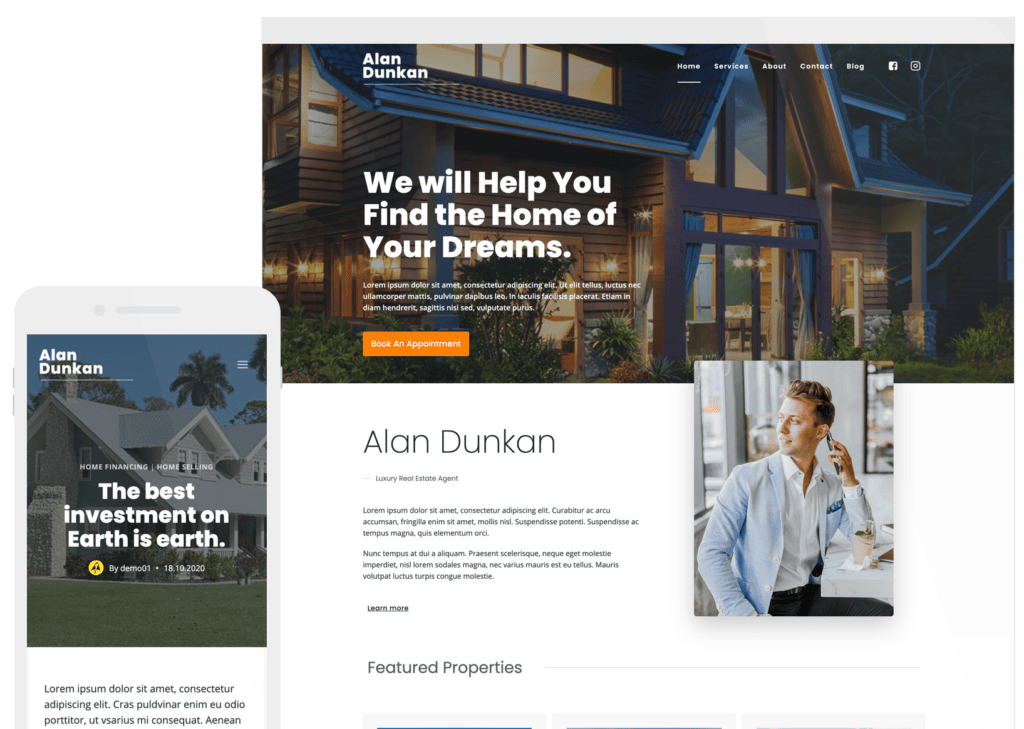How to Write a Clear Website Design Brief

Almost every good website design starts with the same thing: a clear brief that outlines the project. This starting point provides the guidance and information your team needs to design, develop, and launch a successful project.
A design brief can help clarify all of the complexities and ambiguities that come with the start of a new project, making this an essential tool.
Here, we’ll dive into everything you need to know about website design briefs to help better manage projects.
What is a website design brief, and why do you need one?
A website design brief is a short document that outlines and describes the project and design process. It outlines key details and requirements for designing, developing, and launching a successful website and is often one to two pages.
The brief covers crucial aspects such as project objectives, timelines, deliverables, and visual components. It serves as your roadmap for the entire design process and acts as a reference point throughout the project.
With a strong brief, you will:
- Manage project expectations between all stakeholders, including designers and clients.
- Outline objectives and goals for the project.
- Mark milestones with a clear timeline so the project stays on track.
- Achieve a satisfactory outcome for your clients.
A design brief can also help reduce unnecessary revisions because everyone will be on the same page with the same project document.
This document is often put together by someone on the design team after client discovery, such as a project manager or designer. Sometimes, the brief will come directly from a client. In-house or freelance designers who want to facilitate a strong brief can create a template for clients to fill in and use to guide website design projects.
What to include in your brief
While every project can vary somewhat, a comprehensive website design brief has a few key components that ensure clarity, alignment, and efficiency throughout the design process. From business insights to technical specifications, each element plays a vital role in shaping the project’s trajectory.
Start with an outline of these sections when planning a website design brief.
Business or company information
Provide a brief business overview, including brand identity, key messaging, company background, and products/services. Consider including questions such as: What is the business’s core mission or value proposition? Are there any recent or upcoming changes to the company that may impact the website design?
Primary point of contact
Streamlined communication and decision-making require having a point person for the project—one on the design and project management side and one on the client side. Ideally, these contacts should have the authority to make project-related decisions.
Target audience
Define the website’s intended audience, including demographics, industry decision-makers, and online media consumption habits.
Project overview
Provide a concise summary of project expectations and goals, outlining the purpose and scope of the project.
Project goals
Detail the specific objectives the client aims to achieve through the website, such as lead generation, brand awareness, or specific functionalities. Consider features such as ecommerce, calendar functionality, or online courses. This is also a good place to compare and contrast with an existing website if they have one.
Competitors
Describe the competitive landscape, noting inspiring or exemplary competitor websites that can serve as references or benchmarks. Set a plan for how this project will differentiate from those competitors.
Technical requirements
List essential technical specifications, including hosting, user logins, payment gateways, accessibility features, domain name considerations, and any unique functionalities required (think ecommerce capabilities).
Project deliverables
Outline non-technical deliverables required for the project, such as SEO-optimized content, copywriting services, logos, images, or videos. Note what elements you have in hand and what needs to be gathered or created.
Timeline
Detail the project timeline from start to finish, including key milestones, such as content submission deadlines and client feedback cycles.
Budget
Clearly define the project budget, including any flexibility or constraints, to ensure alignment with client expectations and project scope.
Write your next brief to streamline the design process
A website design brief provides a solid starting point and foundation for projects of any size. From small builds to large-scale projects, a brief will help you maintain focus and keep designers, developers, and clients moving in sync.
To keep projects moving forward after the brief is done, kick off your website design project with Kadence. With a robust suite of tools, you can build beautiful, fast websites in no time. Choose a starter template and customize it with AI or easily create a new site with Kadence Blocks.
Learn more about Kadence or download it for free today to get started!
Create Your Website With KadenceWP Today!

Written by Carrie Cousins
Carrie Cousins has more than 15 years of experience in media, design, and content marketing. She’s a writer and designer, has an MBA from Virginia Tech, and is passionate about creating amazing experiences for businesses online. Her work has been featured in publications such as Design Shack, Webdesigner Depot, The Next Web, and Fast Company. She’s an avid runner, which comes in handy with a trio of Australian shepherds at home.
By Carrie Cousins
Carrie Cousins has more than 15 years of experience in media, design, and content marketing. She’s a writer and designer, has an MBA from Virginia Tech, and is passionate about creating amazing experiences for businesses online. Her work has been featured in publications such as Design Shack, Webdesigner Depot, The Next Web, and Fast Company. She’s an avid runner, which comes in handy with a trio of Australian shepherds at home.
Updated July 22, 2024




